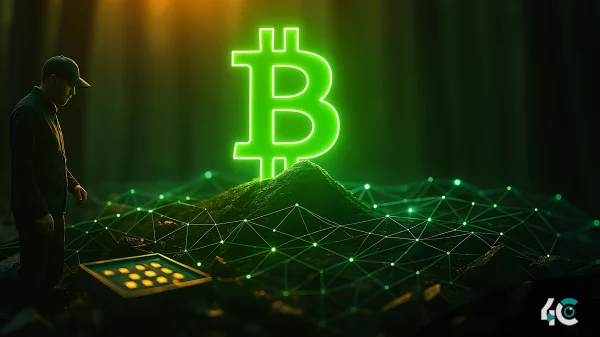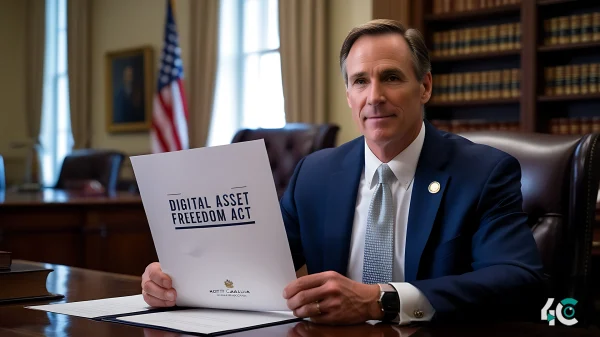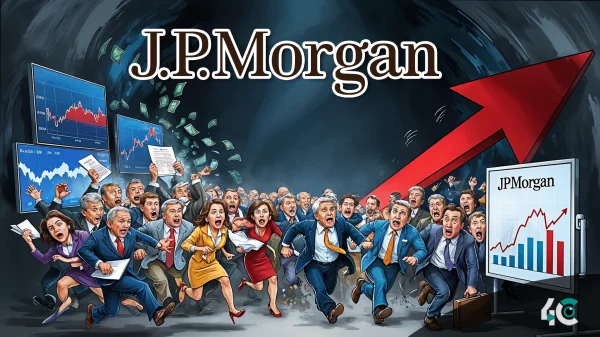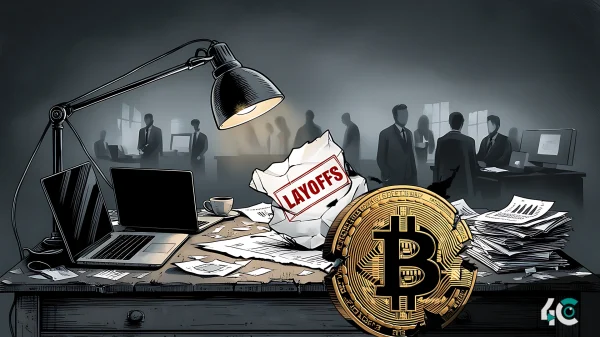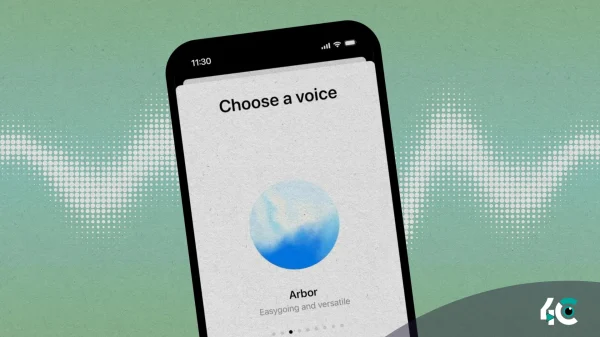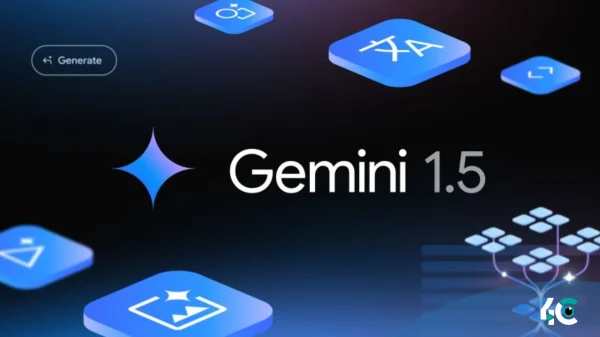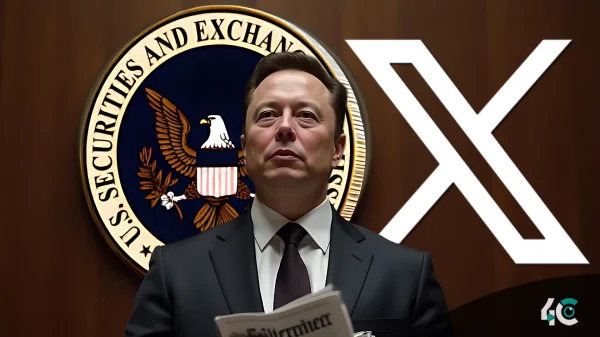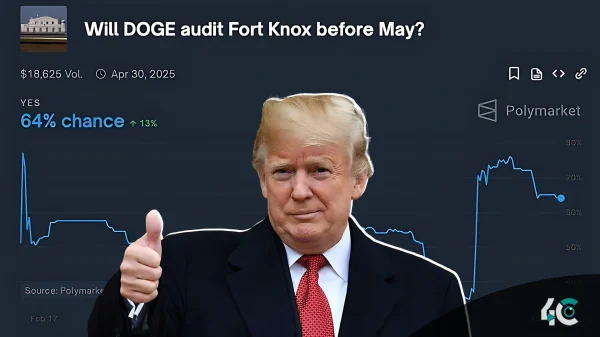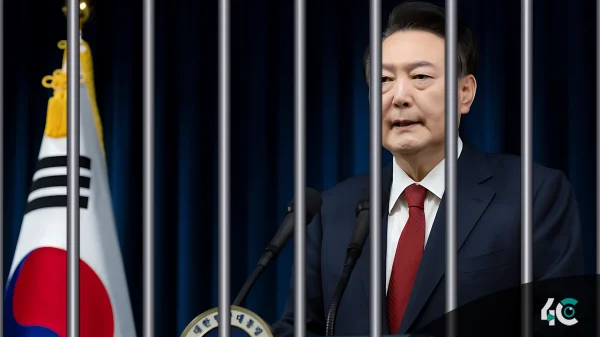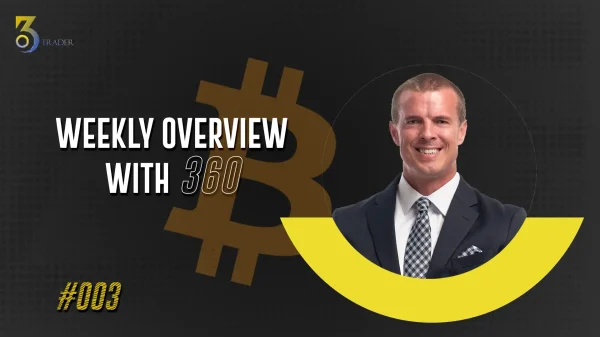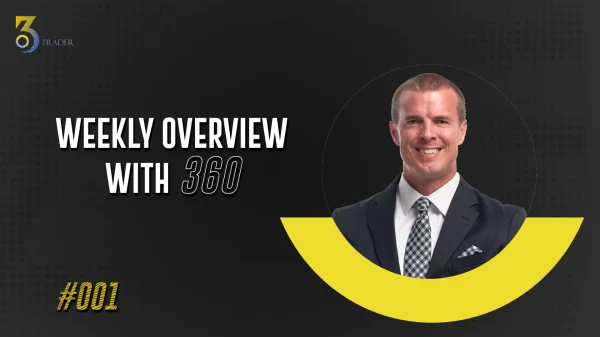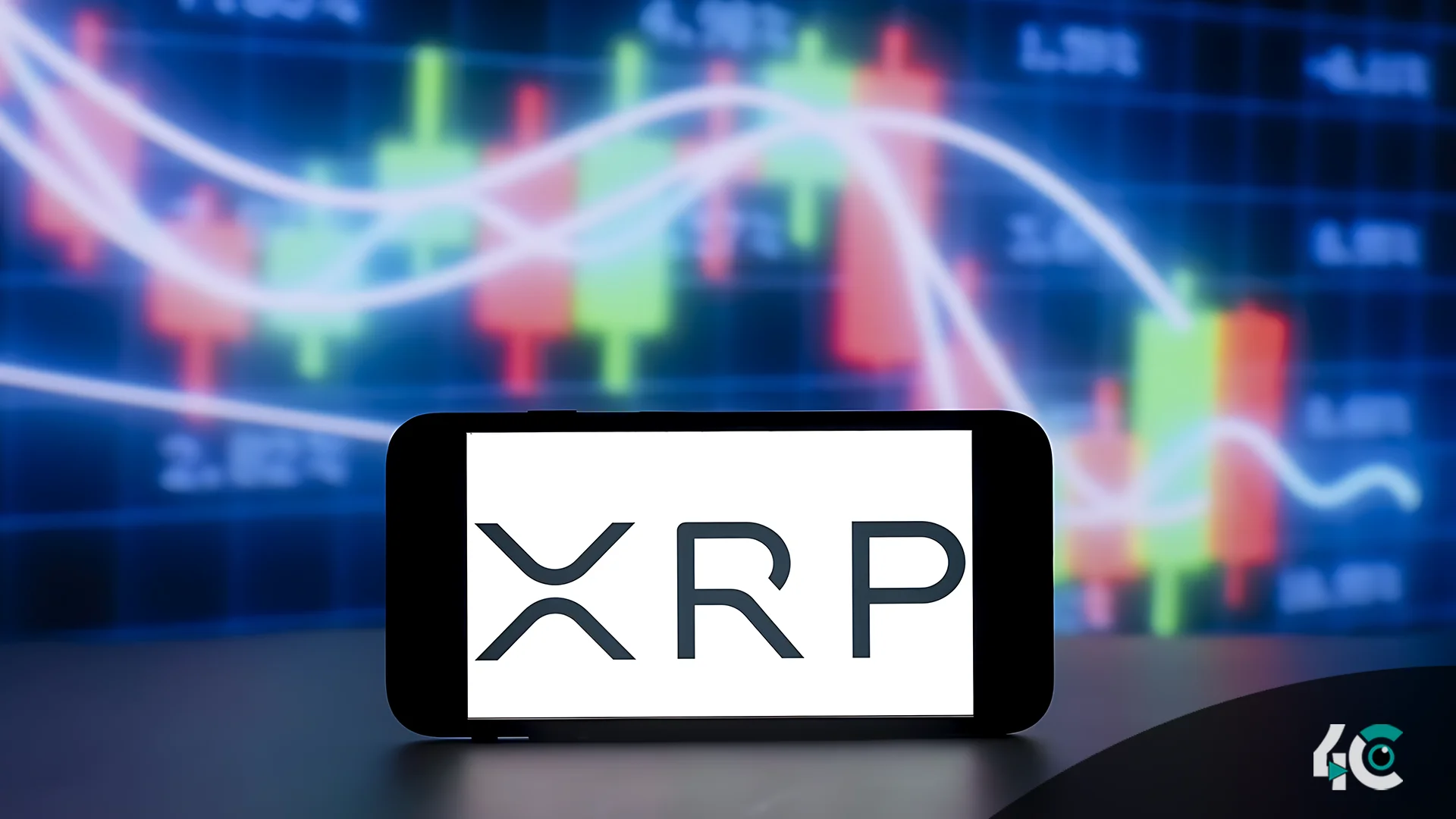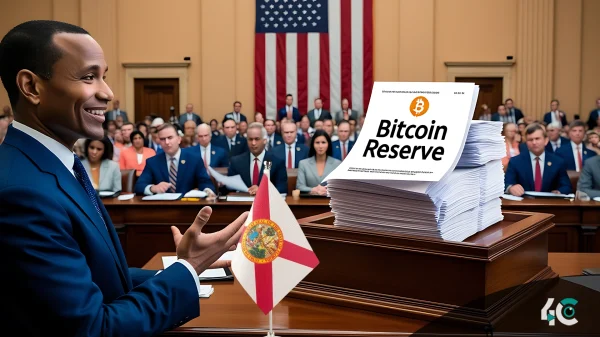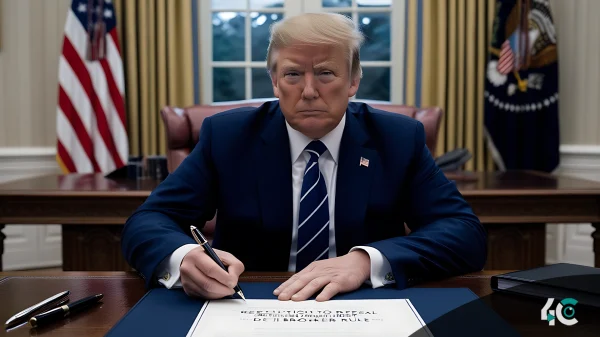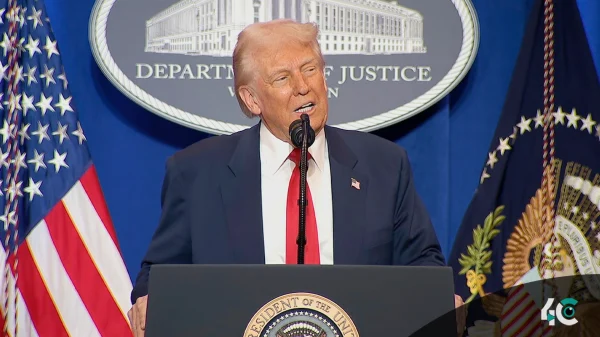Ripple’s XRP Ledger (XRPL) had a technical difficulty, resulting in an unanticipated pause in transaction processing. The outage on February 4 lasted just over one hour and briefly halted block production at ledger height 93,927,174. Ripple’s Chief Technology Officer, David Schwartz, confirmed that the network is back up and running.
According to Schwartz, while the consensus method was still active, transaction validations were not published, resulting in network desynchronization. Validator operators have to manually choose a beginning point in order to reestablish coordination and resume ledger activity. Schwartz highlighted that these were preliminary findings and that Ripple’s team is currently investigating the main problem.
The network is now recovering. We don't know exactly what caused the issue yet.
— David "JoelKatz" Schwartz (@JoelKatz) February 4, 2025
Super-preliminary observation: It looked like consensus was running but validations were not being published, causing the network to drift apart. Validator operators manually intervened to choose a…
Despite the brief halt, RippleX assured customers that their funds were safe, and the network resumed normal operations with no asset loss. Blockchain data indicates that the outage may have delayed approximately 88,000 transactions, raising questions about XRPL’s resilience.
Following the interruption, there were discussions about the extent of decentralization on the XRP Ledger. Critics noted that all 35 validator nodes promptly resumed operations, raising concerns regarding centralization. Comparisons were also made to other blockchain networks, such as Ethereum, which has a substantially higher number of validators.
Following the network’s restoration, XRP experienced a slight decline to $2.45. Since November, the token has increased in value by roughly 400 percent.
The network issue arises during a period when Ripple’s leadership is actively advocating for the recognition of XRP as a US reserve asset. The event has generated additional investigation, but XRP Ledger is now fully operational, with Ripple continuing to investigate the cause of the unexpected suspension.


